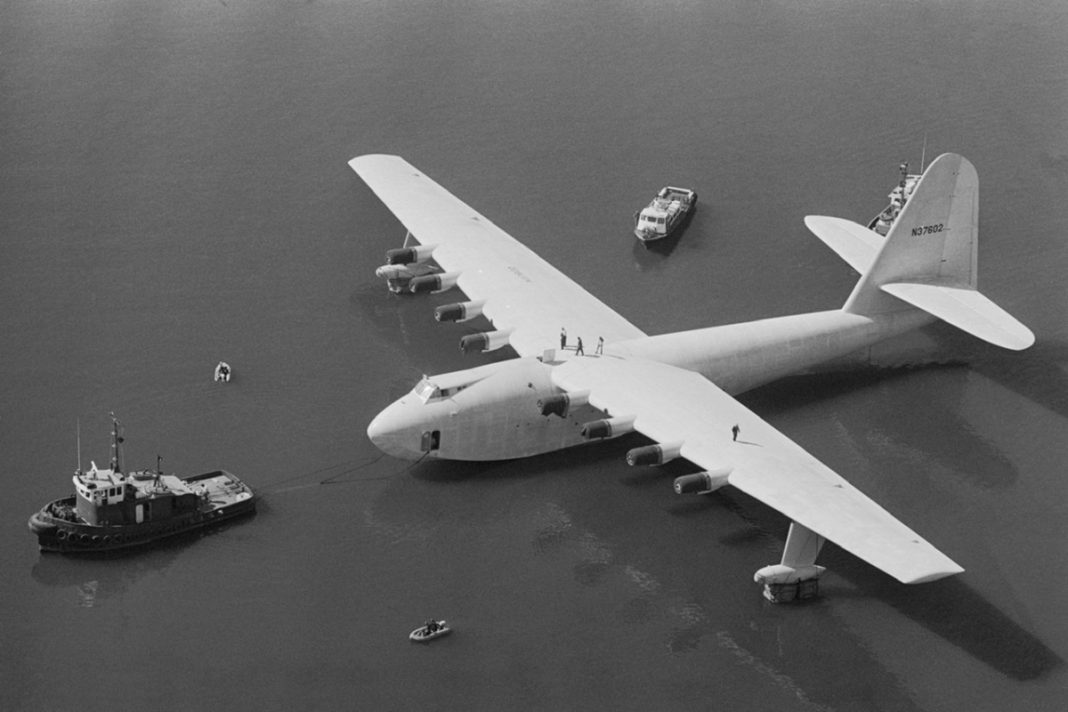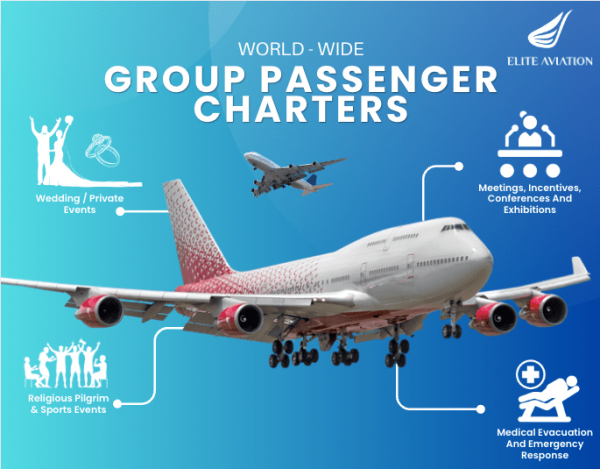Pioneering, mysterious, determined, creative, and controversial are just some of the words that can be used to describe Howard Hughes. His colorful career spanned decades over the course of the most critical periods in airline history. Altogether, whether it was as a pilot, engineer, businessman, or movie producer, the former Trans World Airlines (TWA) leader was one of the most important aviation figures of the 20th century.

Not wasting any time
Hughes was born in Houston, Texas, on Christmas Eve in 1905. As a child, it was evident that he had a keen interest in engineering. Notably, at the age of just 11, he built the city’s first “wireless” radio transmitter. Subsequently, he became one of the first licensed ham-radio operators in Houston.
These youthful achievements did not stop there as Hughes was featured in the local newspaper as the first boy in Houston to have a “motorized” bicycle. He had built the cycle from parts from his father’s steam engine. His love for aviation also soon prevailed, as he took his first flying lesson at the age of 14.
Yet, before trying his hand in the airline industry, Hughes had success in two different worlds from a young age. When his father passed away in 1924, he took over his business, the Hughes Tool Company. This firm was a manufacturer of drill bits and went on to become a powerhouse in its own right before merging to form Baker Hughes in the 1980s.
Nonetheless, Hughes’ experience with this company gave him one of his first tastes of business, he began using the profits to fund his other ventures. One of the key projects was when he formed the Hughes Aircraft Company in 1932, which furthered the businessman’s development into the aviation realm.
Hitting the skies
According to Britannica, In September 1935, in an aircraft of his own design, called the H-1 Racer, Hughes established the world’s landplane speed record of 352.46 miles (567.23 km) per hour. Two years later, in the same plane, he averaged 332 miles per hour in lowering the transcontinental flight-time record to 7 hours and 28 minutes.
Moreover, in July 1938, further displaying his piloting skills, while operating a Lockheed 14, he circled the globe in a record 91 hours 14 minutes in July 1938. This aircraft business benefitted from wartime contracts during the Second World War. In fact, it would go one to become one of the United States’ and largest defense contractors and aerospace companies.

California dreamin’
While making noise in the industrial world, Hughes was simultaneously breaking through in show business. In 1926, he moved to Los Angeles and became an influential figure in the movie industry. Several of his films ran over budget and got into censorship disputes. However, he produced a series of movies that would end up being household Hollywood titles.
Some of Hughes’ earlier productions include:
- Two Arabian Knights
- Hell’s Angels
- The Front Page
- Sky Devils
- Scarface
- The Outlaw
- Behind the Rising Sun
Despite going over budget and struggling with off-screen bureaucracy, some of Hughes’ works won accolades, such as Oscars, and were considered groundbreaking for their time. Regardless, Hughes was ready for a new challenge and was still looking ahead to see what else he could get involved with.
Aviation expansions
At the end of the 1930s, the entrepreneur used Hughes Tool to buy a controlling interest in TWA. When the United States started to prioritize its workforce for the World War II effort, TWA’s aircraft were used to support the US military.
Moreover, Hughes’ other productions, such as the Hughes XF-11 and the H-4 Hercules were intended to be used for the conflict but were not completed until after the war, despite his company being contracted.
The latter plane, which went on to be known as the Spruce Goose, was an eight-engine wooden flying boat. However, it did not come to fruition until 1947. Subsequently, Hughes was brought before a Senate committee over allegations of war profiteering. He went head to head with Senator Owen Brewster and triumphed.

A growing presence
In the years following the War, Hughes, and TWA swiftly expanded and upped competition against the likes of Pan Am, American, and United. It was in 1946 that TWA introduced the Lockheed Constellation on its transcontinental New York-Los Angeles route. That same year, the operator started transatlantic service between New York City and Paris.
Hughes initially requested a transcontinental plane with a range of 3,500 mi (5,600 km) that could hold 40 passengers back in 1939. Subsequently, these requirements eventually led to Lockheed’s development of the L-049 Constellation.
On April 17th, 1944, Hughes and TWA president Jack Frye flew from Burbank, California, to Washington, D.C., in 6 hours and 57 minutes. They averaged a speed of 331 miles per hour (533 km/h).
There was a special moment on the return as the pair stopped at Wright Field in Ohio to give pioneer Orville Wright his final flight, over 40 years after his momentous first flight near Kitty Hawk, North Carolina. The icon noted that the aircraft’s wingspan was longer than the distance of his first flight.

By the end of the 1940s, Hughes was affirmed as a key figure across the United States. In fact, he was on the cover of Time Magazine in July 1948, in front of the Spruce Goose.
The story of the legendary aviator does not end here, as he went on to live out some eventful moments in the decades that followed. Stay tuned for part two of Hughes’ story in the weeks to come.
What are your thoughts about Howard Hughes’ career? Do you have any memories of flying with Trans World Airlines over the years? Let us know what you think of the pioneer and the airline in the comment section.


